‘Tis the Season to be Jolly!… fa la la la la… la la.. la la.
What causes the season? Well, christmas music, warm tasty treats and holidays, right?!
Well, what about the Seasons? What makes the weather so different at different times of the year? A common misconception is that as the Earth orbits around the Sun, there is a point when the Earth is closest to the Sun (this is true – perihelion, remember?!). This closest approach is thought to cause the Earth to be warmer at this time of year because we are closer.
Let’s think about that…. We know that the seasons are flipped in the Northern and Southern hemispheres, right? So when it’s snowy in Chicago in December, people in Auckland, New Zealand are donning their swimsuits and heading to the beach in the warm Summer-y weather. Now – if the distance between the Earth and the Sun dictated the seasons, Chicago and Auckland would experience the same warming effect at the same time. The heat from the Sun that New Zealand receives to make it warm should also melt the snow in Chicago! But that’s not true!!
So – what is it?
I’d like to introduce you to: The Tilt of the Earth’s Axis. Another fun astronomy fact you may have come across is the that Earth is tilted (about 23°) with respect to its plane of orbit. This means that the Earth spins on an axis that is not perpendicular to the path it makes as it orbits. While that is still probably a bit confusing, I hope a picture will help;
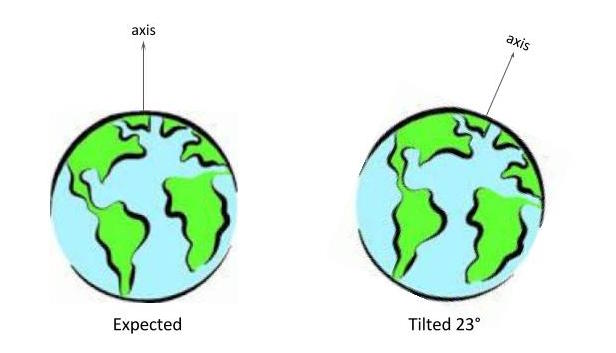
From this you can see that one hemisphere of the Earth is looking more directly at the Sun, rather than both hemispheres being even with each other.
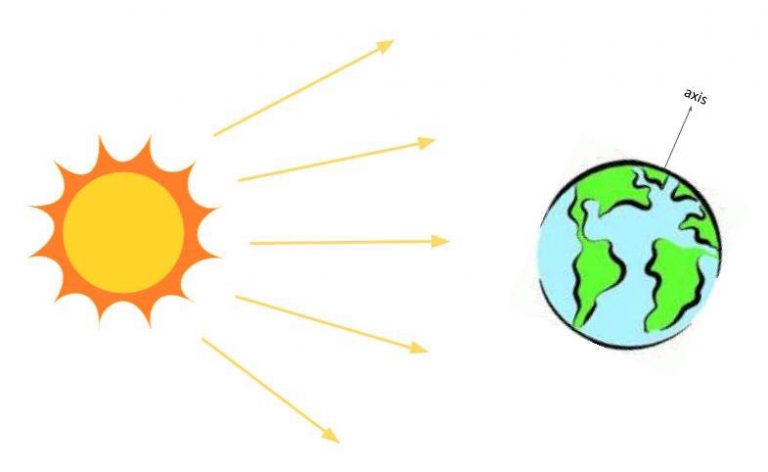
“Wait a mintute!”, you might be thinking, “but didn’t you say that the distance didn’t matter?!” Yes. I did. It’s not that the tilt causes one hemisphere to be closer to Sun at a given time of year, it’s actually how the tilt effects how much sunlight is absorbed.
Think about holding a flashlight. If you point the flashlight directly at your eyes, it’s really bright! It may even be difficult to keep your eyes open. Your eyes are receiving all of the light from the flashlight directly. However, if you take that flashlight pointing directly at your face and turn it to it’s pointed directly at the top of your head, it’s much easier to see. The light is still bright, but it’s not going directly into your eyes. This is what’s happening to the Earth. The tilt of the Earth causes one hemisphere to ‘look directly at the flashlight’. This hemisphere gets the light (and heat) from the Sun directly. The other hemisphere is tilted away from Sun, the sunlight is much less direct. This less direct light doesn’t heat the Earth up as much – it’s like comparing the heat you feel from the Sun at sunrise to the heat you feel from the Sun at midday.
So while Auckland is getting heat directly, Chicago is getting a smaller, less direct amount of heat.
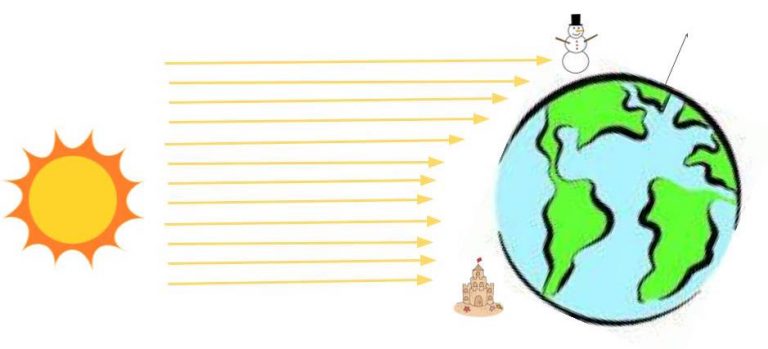
If we fast forward six months, the Earth is now on the other side of the Sun, but the tilt is the same. This time, Chicago gets direct heat while Auckland is feeling chilly.
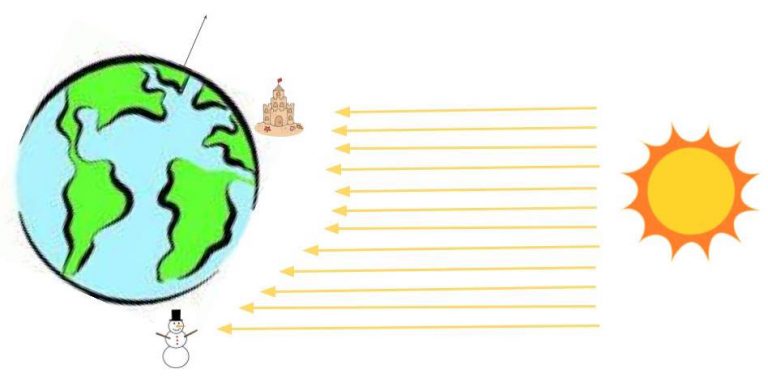
There you have it! ‘Tis the tilt that causes the Seasons… fa la la la la… la la.. la la.
[Fun Fact: This ‘indirect sunlight’ effect is also responsible for making the poles so cold!]
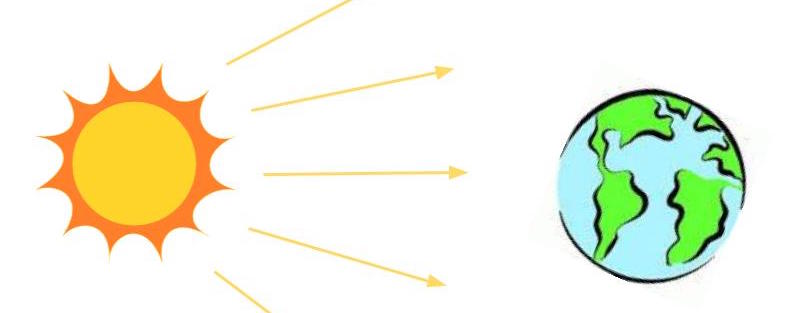
No responses yet